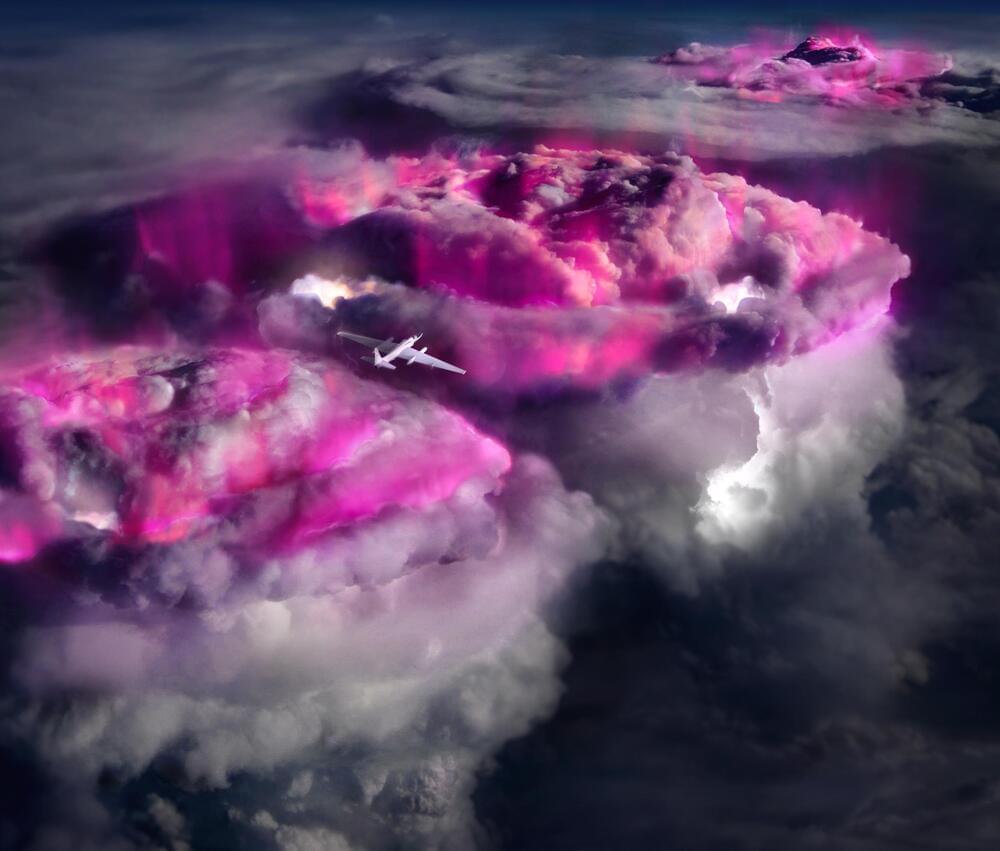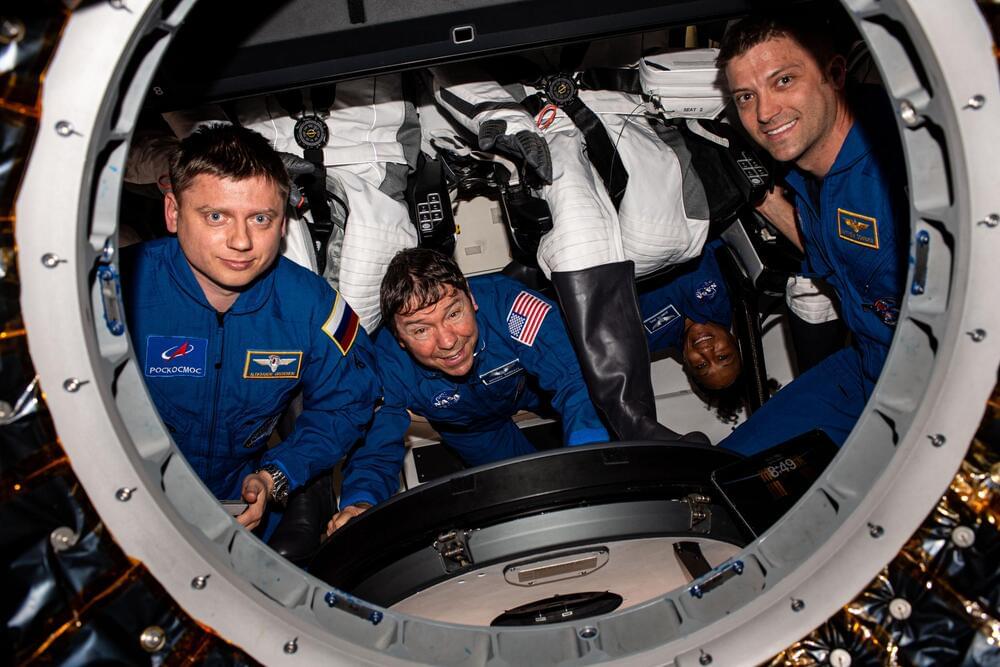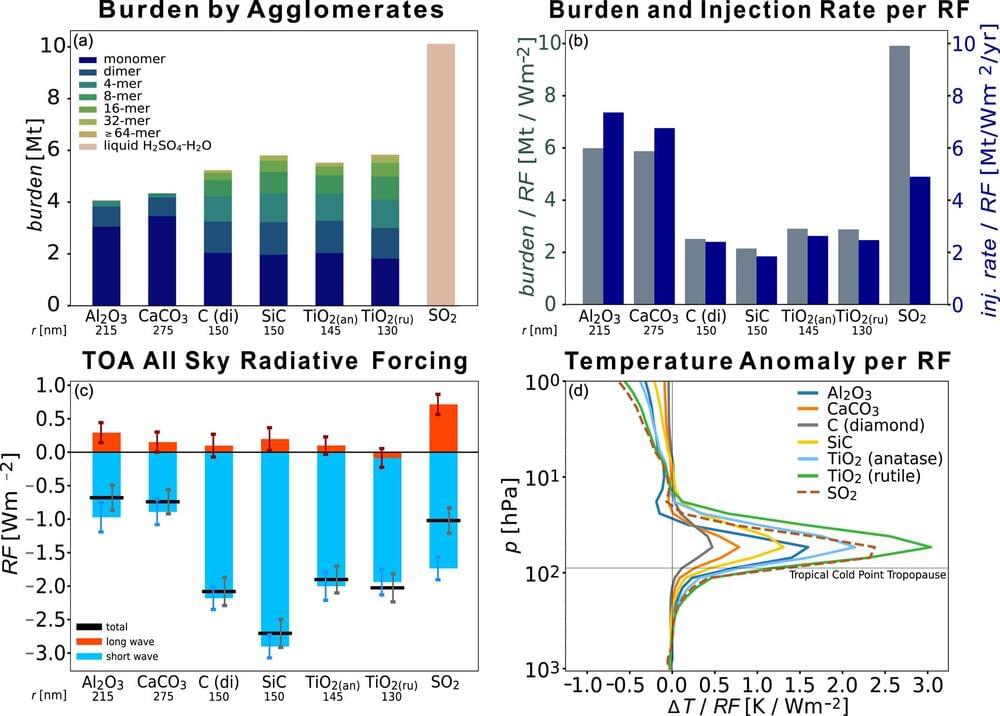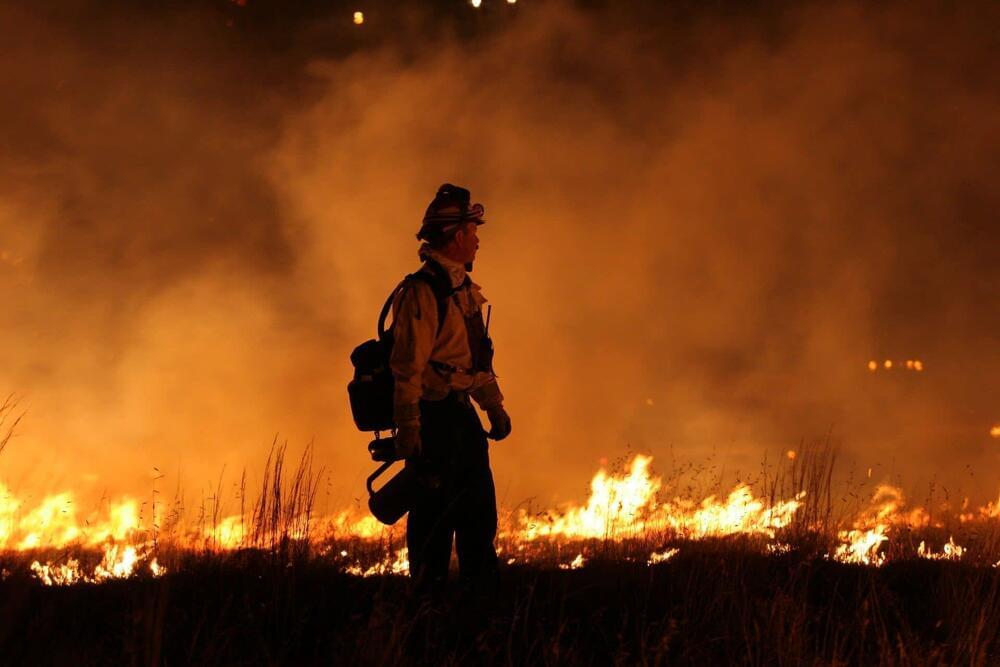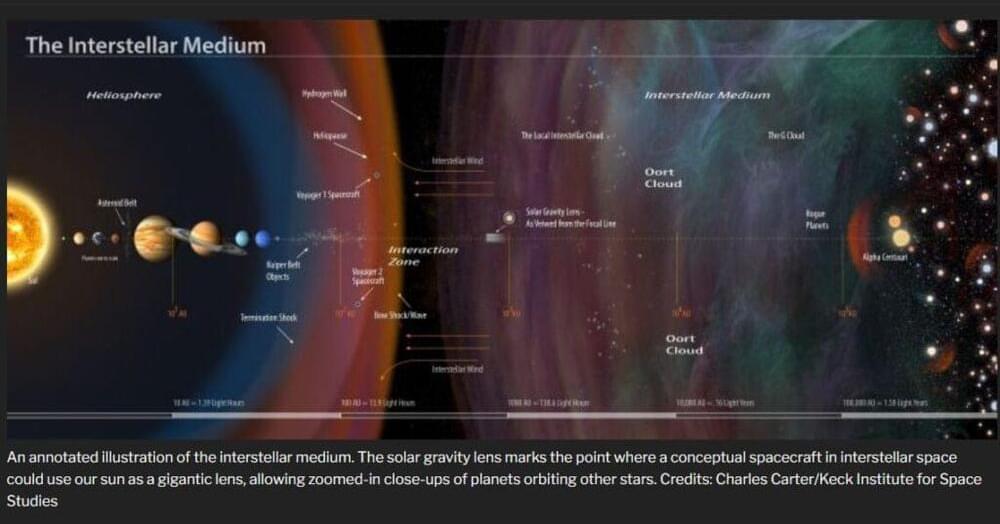
How does social media influence safety messages during a natural disaster? This is what a recent study published in the International Journal of Disaster Risk Reduction hopes to address as a pair of researchers from the Stevens Institute of Technology investigated how the perspectives of natural disasters and the corresponding government responses could be impacted by false or irrelevant information being shared across a myriad of social media platforms, specifically X (Twitter) and Facebook. This study holds the potential to help scientists, governments, disaster relief efforts, and the public better understand the ramifications of social media messages and discussions on responding to natural disasters worldwide.
“It’s like being at a crowded party—if everyone’s arguing loudly about politics, it’s hard to make yourself heard over the noise,” said Dr. Jose Ramirez-Marquez, who is an associate professor in the Stevens School of Systems and Enterprises and the sole co-author on the study.
For the study, the researchers examined online discussions that occurred during four recent hurricanes: Harvey, Imelda, Laura, and Florence. The goal of the study was to ascertain online discussion patterns, and which posts and comments got the most attention as the crises unfolded. For example, the researchers found that dogs being trapped by flooding comprised 24 of the 50 most active discussions compared to 7 of those 50 being comprised of public safety. During Hurricane Florence, it was found that more than half of the 50 top discussions involved politics or animals, whereas 19 of the 50 discussed public safety.
